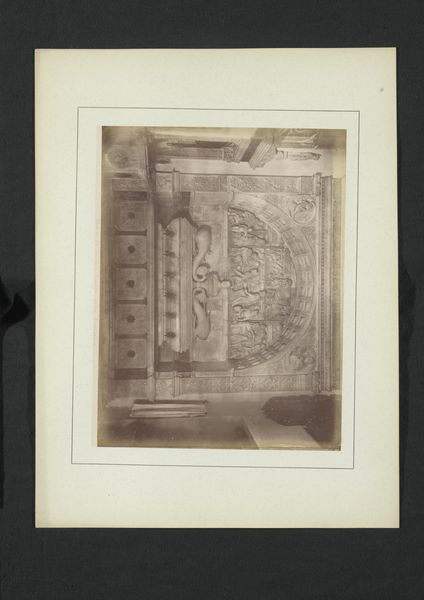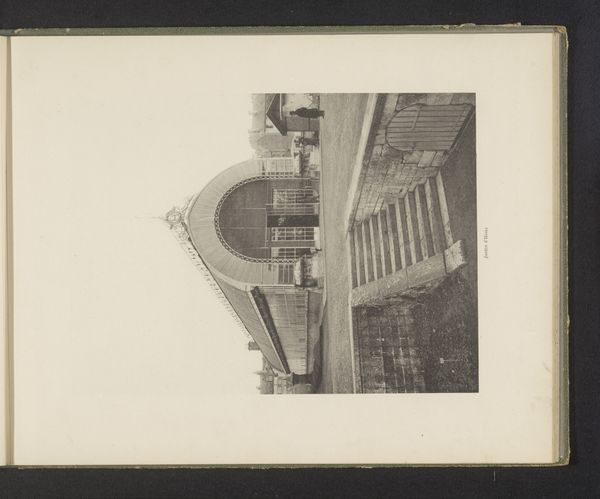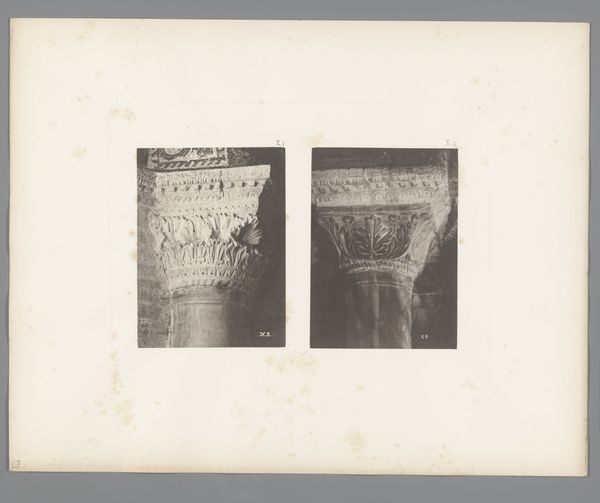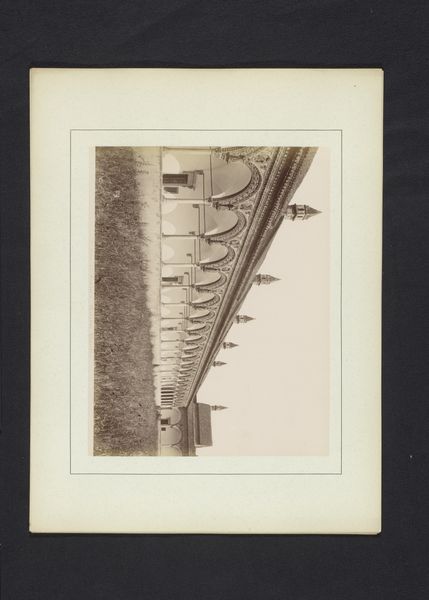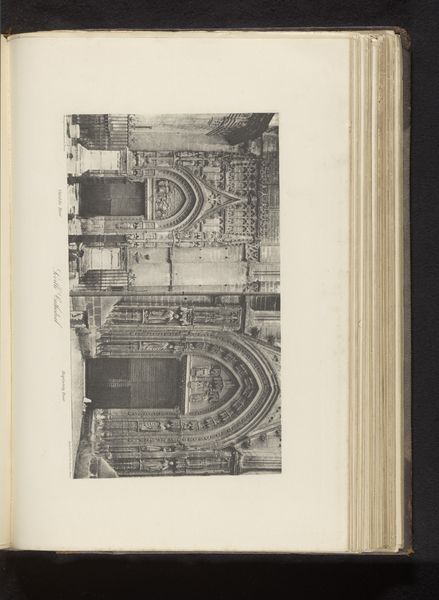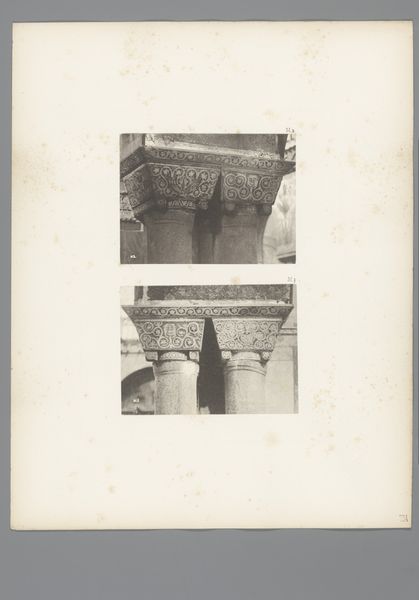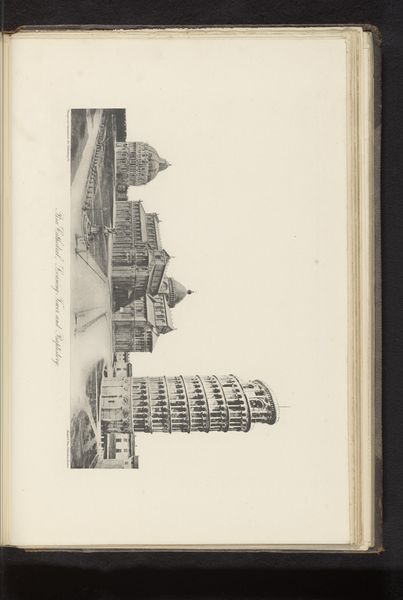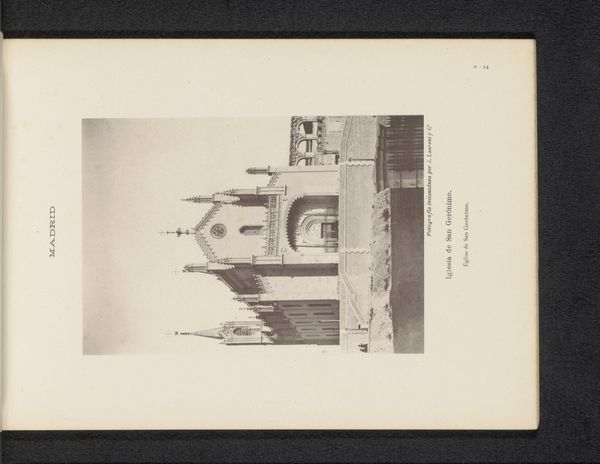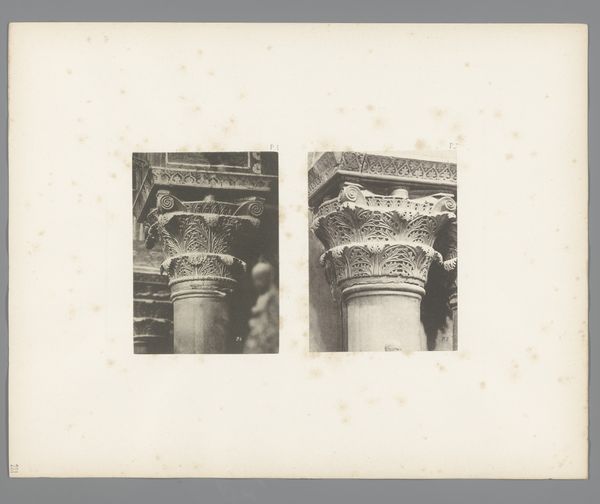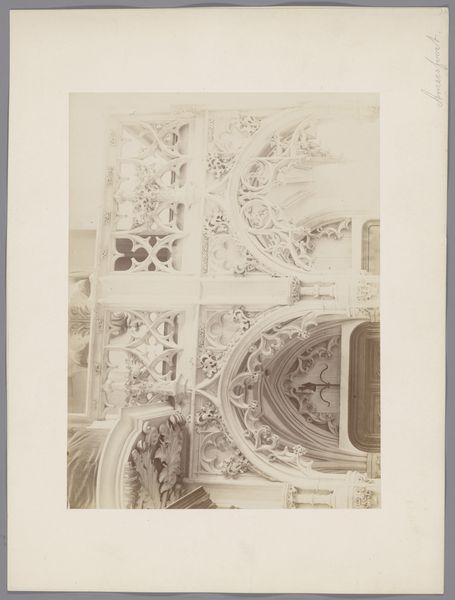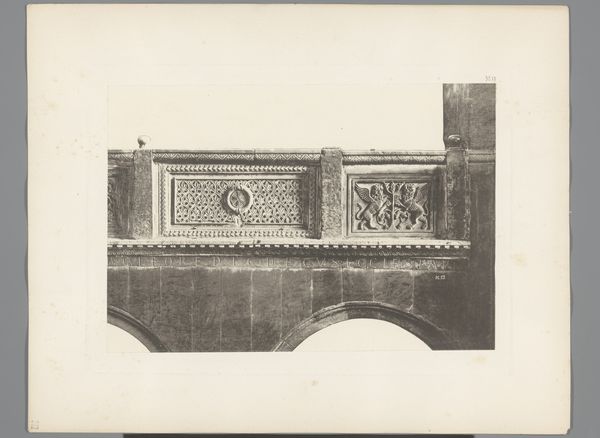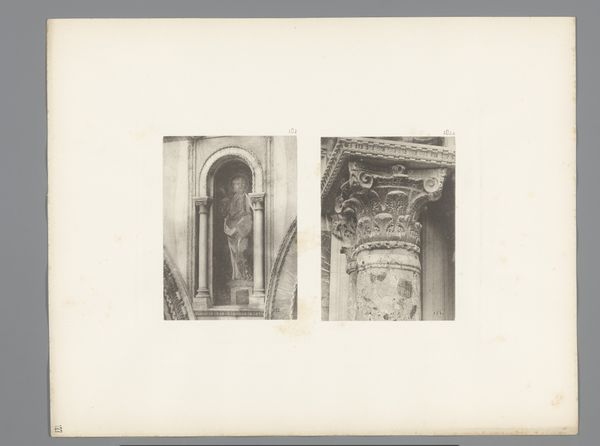
print, photography
# print
#
photography
#
ancient-mediterranean
Dimensions: height 287 mm, width 380 mm
Copyright: Rijks Museum: Open Domain
Editor: Here we have Alfredo Noack’s photograph, taken before 1882, titled “Lavabo in het klooster van de Certosa di Pavia,” a print of the architecture inside the cloister. The monochrome gives it an almost ghostly quality. It really makes you feel the age of the structure, with those detailed carvings and classical design elements. What can you tell us about its place in history? Curator: This photograph highlights the growing accessibility of art and architecture in the late 19th century. Before photography, access to such intricate details was limited. Consider the rise of illustrated publications and travel photography—they democratized visual culture, allowing wider audiences to engage with art outside of elite circles. How do you think this impacted artistic production itself? Editor: That’s interesting. Did artists start considering photography when creating new artworks, maybe in terms of how it might be documented and disseminated? Curator: Absolutely. The photograph becomes a new medium of dissemination but also a competitor. Artists responded in diverse ways, either embracing realism to compete or exploring abstract forms less amenable to photographic reproduction. But what does this particular photographic subject, a lavabo in a monastery, tell us about the photographer's intentions and audience? Was Noack trying to capture art, history, spirituality, or something else entirely? Editor: I suppose that monasteries, even then, were seen as historical landmarks, objects of curiosity as well as spiritual spaces. Perhaps the photograph sought to appeal to tourists as well as those interested in preserving a record of Italy’s artistic heritage. Curator: Precisely. Consider how images like these shape our understanding of history. Photography isn't neutral; it actively participates in constructing narratives, shaping public perception of cultural heritage and historical narratives. This raises interesting questions of who has the power to shape these narratives and how we should critically analyze photographic records. Editor: That’s something I will keep in mind from now on when researching these images! Thanks! Curator: Indeed. I've found our chat to be revealing about the broader effect of new visual technologies.
Comments
No comments
Be the first to comment and join the conversation on the ultimate creative platform.
